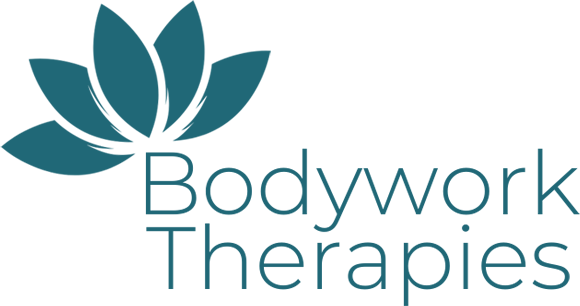The Development of Sports Massage
Most recently, there has been an explosion of research, development and interest in massage therapy. There are currently over 70 modality’s practiced, among them are Stone Massage, Pregnancy Massage, Shiatsu, Thai Yoga Bodywork, Reflexology, Reiki, Neuromuscular Therapy, Craniosacral Therapy, Kinesiology taping, Ultrasound and Sports Massage Therapy.
The general public, is gradually sloughing off outdated stereotypes and dispelling myths about massage. A growing number of people are not only learning but enjoying the benefits of massage therapy performed by qualified therapists.
Today, with the emergence of ‘preventative’ medicine and the rising cost of health care, complimentary therapies such as massage, chiropractic, acupuncture, nutrition, and yoga are no longer ‘alternative’ but rather a cornerstone of good health practice.
Sports Massage has been around for thousands of years. The Greeks and Romans were very clear on the benefits of massage on the athletes of their day. Galen (AD 30-200), who was a well-known Roman physician, prescribed massage for the gladiators both before and after exercising. Sports Massage followed a history similar to therapeutic massage. In the late 1980’s to early 1990’s, Sports massage became a modality unto itself with more specific training taking place for the practitioner to be able to address the specific needs of athletes whose bodies are undergoing intense physical exertion and stress.
Sports Massage is a form of bodywork that uses Deep Tissue and Swedish Massage techniques specifically adapted to deal with the effects of intense physical exertion on the body. Its primary purpose is to ease stiffness and pain in both muscles and joints, increase mobility in muscles and joints, warm muscle and connective tissue prior to exercise and help in removing toxins and lactic acid after a workout.
This modality is used before, during and after many athletic events. It has been found to enhance athletic performance by keeping muscles at their peak of flexibility and strength, while warding off injury. Massage after great exertion reduces ones level of stiffness and muscle soreness. For some athletes a massage helps keep anxiety at a minimum before competition. The Sports Massage practitioner can use certain techniques to increase body stimulation previous to an event, which increases mental alertness. Regular sports massage sessions have been shown to improve an athlete’s speed, strength, endurance and flexibility, as well as shorten recovery time between events.
